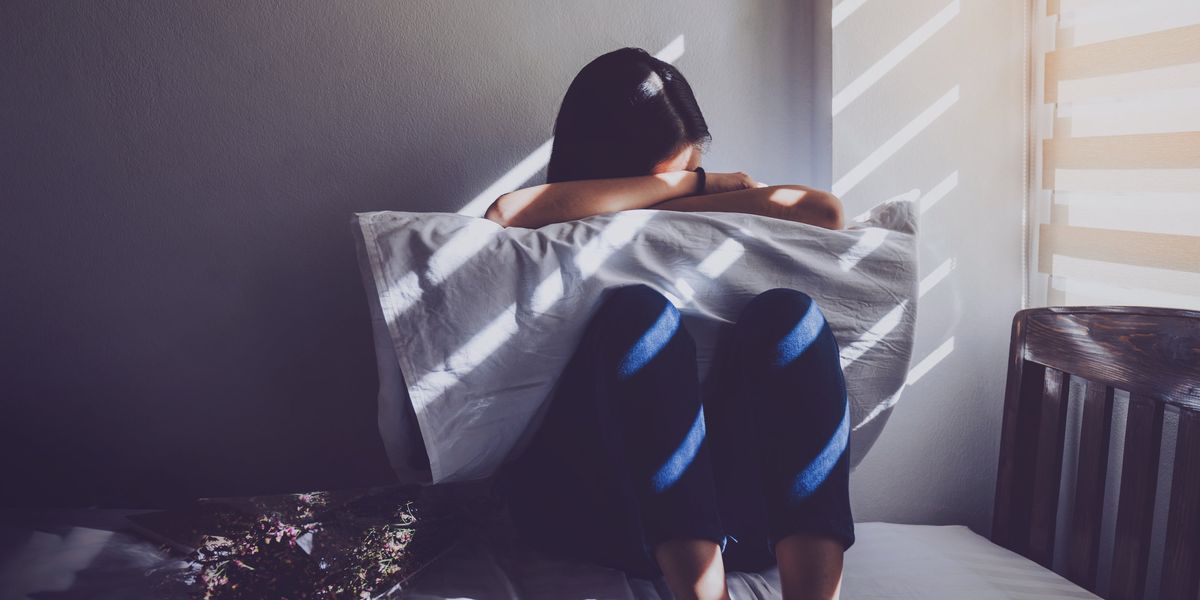9 Ways to Look After Your Mental Health Right Now
The COVID-19 pandemic has thrown most of our lives into chaos—classes, performances and auditions are all on hold. This upending of a dancer’s jam-packed schedule not only has the potential to wreak havoc on your physical health, but on your mental health, too.
“Most professional dancers are so used to being regimented,” explains Brian Goonan, PhD, a licensed psychologist in Houston, Texas, who has worked with dancers for over a decade. “They work 10- to 12-hour days and their whole day is filled from the minute they get up by people telling them what to do. So the difference between a whole day of intense physical activity guided by other people to nothing—to an absolutely open schedule—is a huge shift.”
The first challenge dancers are facing is how to deal with all the extra time. “I keep hearing that there’s a lot of boredom,” Goonan says. ” ‘What do I do with all the empty hours?’ ”
And the boredom is compounded by, of course, a tremendous amount of anxiety. Spring is the time when dancers are often auditioning for new jobs or school programs, and taking part in major performances. It’s unclear how this will last, and what opportunities will still be available afterward.
Goonan has a few basic recommendations for working with your mind and body during this trying time:
1.Don’t give in to fear.
Find one reliable stream of information—Goonan recommends the CDC—and stick with that. Don’t go to Facebook, Instagram or Reddit for reliable medical advice or news updates.
2.Engage in as many routines as you can.
Many of your old routines won’t work, so create new ones. Maybe you used to get your coffee from the local coffee shop on your way to class at 10 am. Make yourself a cup instead at the same time every day and then give yourself a barre in your apartment.
3.Do visualizations.
“The brain doesn’t differentiate between movement and a visualization of the movement,” Goonan explains. “So when a dancer is injured, she can use visualizations to cut down the time she’s out by up to half.” Visualizations fire your muscles even when you’re not going full-out. This can enable you to stay connected to the work, both psychologically and physically.
4.Stay in touch with your friends.
Just because we can’t be together doesn’t mean we can’t see or talk to each other: Facetime, Zoom, call, stay connected. And even better…
5.Get together virtually to dance.
Schedule a time to do a barre or run through a piece of choreography with your colleagues or classmates. Goonan likens this to the phenomenon that is Peloton—it’s successful because while you might be at home on your own bike, you’re doing it with others. One of the primary ways to combat a feeling of isolation or despair is to find a way to foster a sense of community—even virtually.
6.Clear the furniture and run through choreography.
Or better yet: choreograph something yourself! This gives you access to your creative side, a part of you that might not have time to flourish when under the constraints of your normal routine.
7.Find another creative outlet.
Have you ever wanted to learn to needlepoint, cook, paint, draw? This is your chance to explore this other side of your creative self.
8.Reconnect with your passion.
In a professional or pre-professional setting, the emphasis is usually on “producing the thing, getting it right.” But what if you could connect back with the 7-year-old who just wanted to move? “Something funny can happen when you move into a professional role,” Goonan says. “You don’t have the same passion for dance because it’s now your job. Think about this as a time to reconnect to the person who first started dancing. You want to bring back that self.”
9.Seek out professional help.
If you are feeling intense anxiety and depression, do not weather it alone. A therapist can be enormously helpful. Many who work with dancers are offering free introductory sessions.




